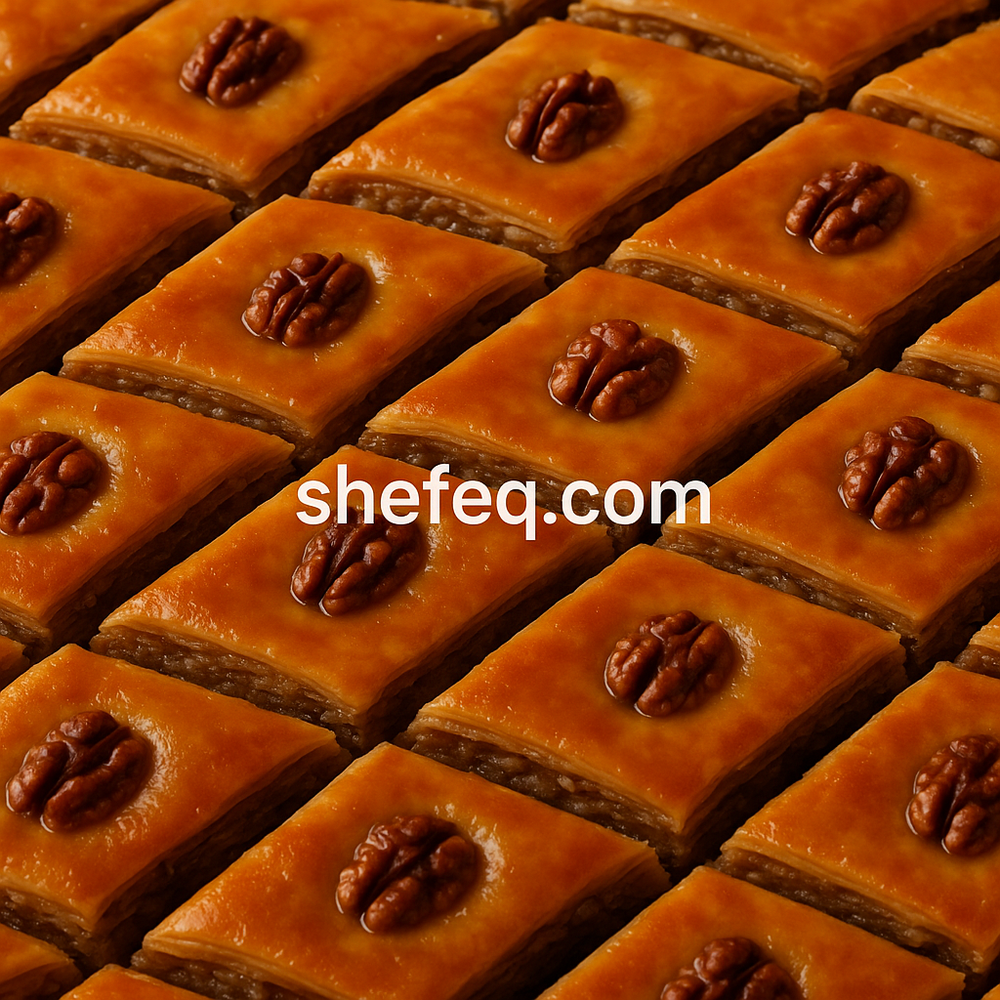Home Cooking Culture and the Psychology of Food
INTRODUCTION: A Kitchen Is Not Just a Kitchen
Every home has its own rhythm, its own breath, its own scent. But sometimes, that scent isn’t just food – it’s memory, lineage, and love. The smell of bubbling syrup takes us back – to the village courtyard, to grandmother’s quiet presence, to the warm oven.
Baklava isn’t just a dessert – it’s a prayer passed through hands and dough.
This article offers more than a recipe – it presents a family memory, feminine wisdom, and a cultural code woven into layers.
1. SOCIAL ASPECT – Food as Connection
In Azerbaijani culture, food is not only a biological need – it’s a social ritual. Preparing, serving, and sharing food – each is a way of strengthening family bonds.
My grandmother’s baklava wasn’t just a holiday treat – it brought people together, healed old wounds, and symbolized unity.
Food is a bridge between generations, a silent language of care.
2. PSYCHOLOGICAL DIMENSION – The Taste of Care
Psychologically speaking, food is a form of emotional nourishment. Anything prepared with love and intention can fill not only the stomach, but also the soul – creating a sense of safety, comfort, and belonging.
As my grandmother used to say:
“Let your hand be clean and your heart sincere – then everyone will be satisfied.”
Modern neuropsychology confirms this: shared meals during childhood are deeply linked to emotional development and later attachment styles.
A baklava made at home is not just a dessert – it is a spiritual anchor.
3. SOCIETAL VALUE – The Invisible Heritage of Women
For centuries, culinary traditions have been preserved and passed on by women. Grandmothers and mothers transmitted recipes not in books, but in silence, patience, and hand memory.
Each baklava is not only a flavor, but a lived story.
Preserving recipes is preserving intangible cultural heritage.
4. RESEARCH VIEW – Layers of Memory
How many layers are there in baklava? 10? 12? Maybe more. But in truth, each layer is a memory:
– one for grandmother’s laughter,
– one for a childhood moment,
– one for a mother’s touch.
Anthropologists agree: the kitchen is one of the strongest memory centers. The smell of food can instantly transport us home, even if we are continents away.
Food is a carrier of cultural identity.
5. THE RECIPE – Grandmother’s Walnut Baklava
Ingredients:
Dough:
-
1 cup warm milk
-
1 cup warm water
-
1 egg
-
1/2 cup vegetable oil
-
1 tsp dry yeast
-
1 tbsp sugar
-
A pinch of salt
-
5–6 cups of flour
Filling:
-
400g ground walnuts
-
1 cup sugar
-
Cinnamon (optional)
Topping:
-
200g melted butter
-
1 egg yolk
-
Saffron water (optional)
Preparation:
-
Activate the yeast: Mix milk, water, yeast, and sugar. Let it sit for 10 minutes.
-
Make the dough: Add egg, oil, salt, and flour gradually. Knead into soft dough. Let rise for 1 hour.
-
Roll out: Divide into 10–12 balls. Roll each one thinly.
-
Layer: Place a layer of dough, then the walnut-sugar mixture. After every 3 layers, brush with butter.
-
Shape: Cut into diamond shapes and top each piece with a walnut.
-
Glaze: Brush with egg yolk and saffron water.
-
Bake: Bake at 180°C for 35–40 minutes until golden brown.
6. CONCLUSION – Baklava Is More Than a Sweet
You can find boxed baklava in any store today. But where is the love, the stillness of the kitchen, the soft touch of grandmother’s hands?
True baklava lives in homes, in the patience of women, in the silent prayers layered into the dough.
It is part of our cultural memory, our domestic poetry, our healing.
A QUESTION TO THE READER
What dish in your life brings back a face, a voice, a memory?
Does your family also have a dessert or recipe that carries a prayer or legacy?
Share your story below – because on shefeq.com, every flavor tells a story.

